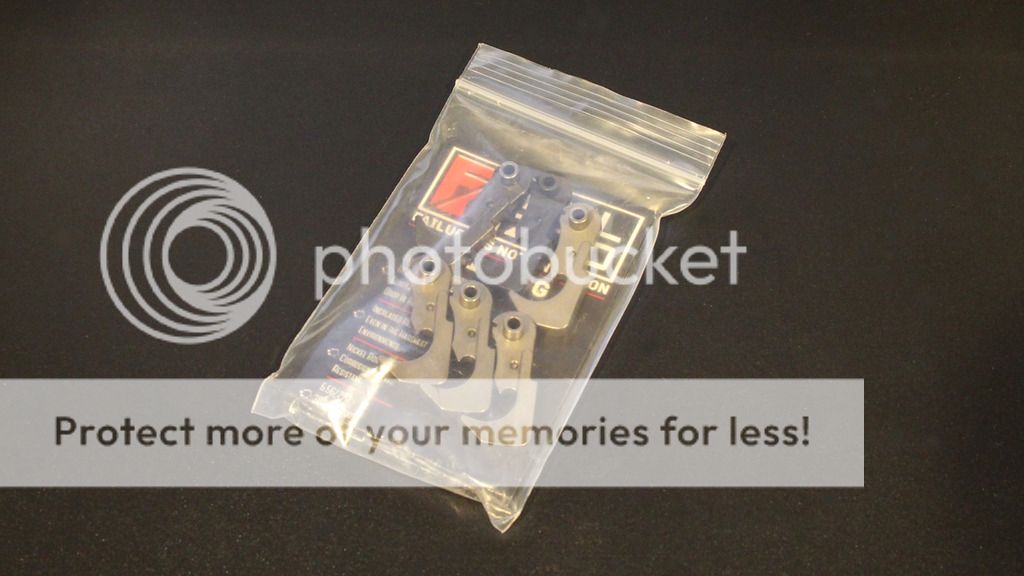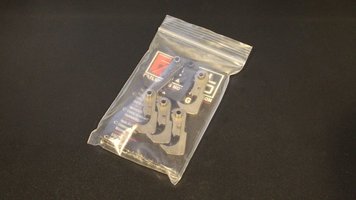remember, gentlemen, that when you state "self lubricating" in regards to a plated finish, you are referring to the friction coefficient, and not actual "lubrication" of the part. The teflon reduces the friction coefficient a bit when used in a plating process with nickel. It Does Not "lubricate" parts that it touches, it merely is slick to begin with as a property of it's own coating.
If it is indeed "lubricating" other surfaces, your plating sucks and will be gone in a few friction cycles.
I've ran friction tests (pressure / distance) at various speeds with plated stainless steel (usually 316) testing various plating methods. All of these tests were done thousands of times so we could get a "life" profile of each coating. We compared this to sprayed on teflon coatings (PTFE) and some spray on PTFE coatings with micro diamonds. Nickel boron, nickel + micro diamonds + teflon, Ni + PTFE, all kinds of platings were tested in this experiment.
Nickel boron had the highest coefficient of friction. But it was also one of the most durable. Add micro diamonds and the shit was amazing- it was not only hard, but the coefficient of friction went down drastically on metal/metal contact points. I experimented with micro-diamonds as it was given to me for free by a european company that was trying to market their coatings for "sexy applications" that I was working on. The EU is banning Chromium in the next few years, so they're going to be a popular choice in creating durable electrical contact plating which is literally on every lithium ion operated device on the planet. You'll hear more about that I'm sure.
Self Lubrication. LOL. The only thing that does that are monkeys and mankind with their own spit and palms.





![Thinking [thinking] [thinking]](/xen/styles/default/xenforo/smilies.vb/010.gif)

